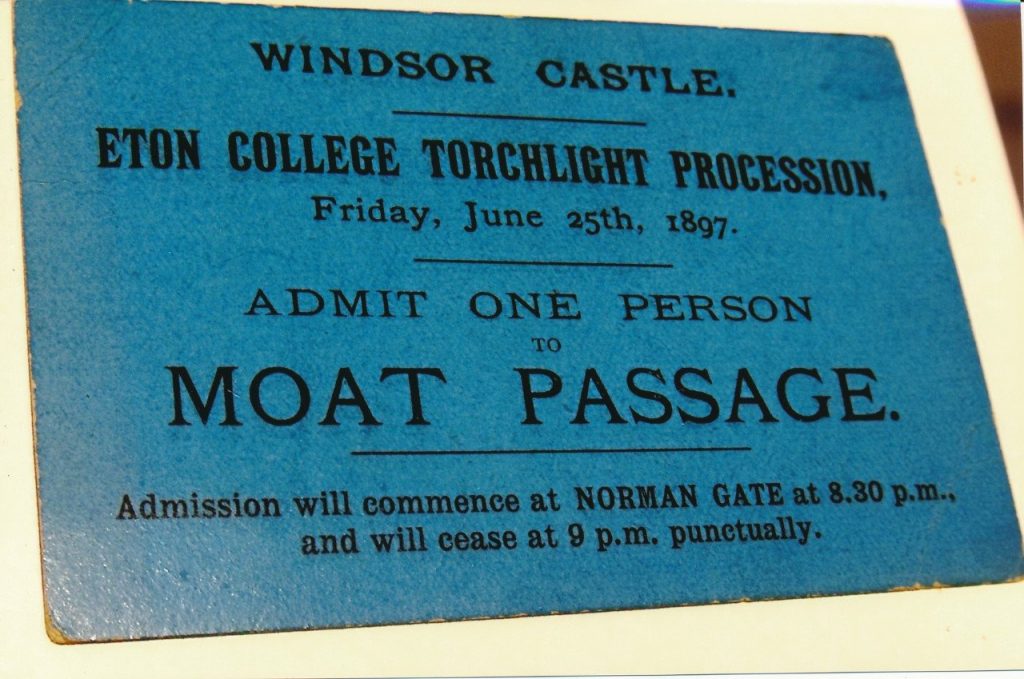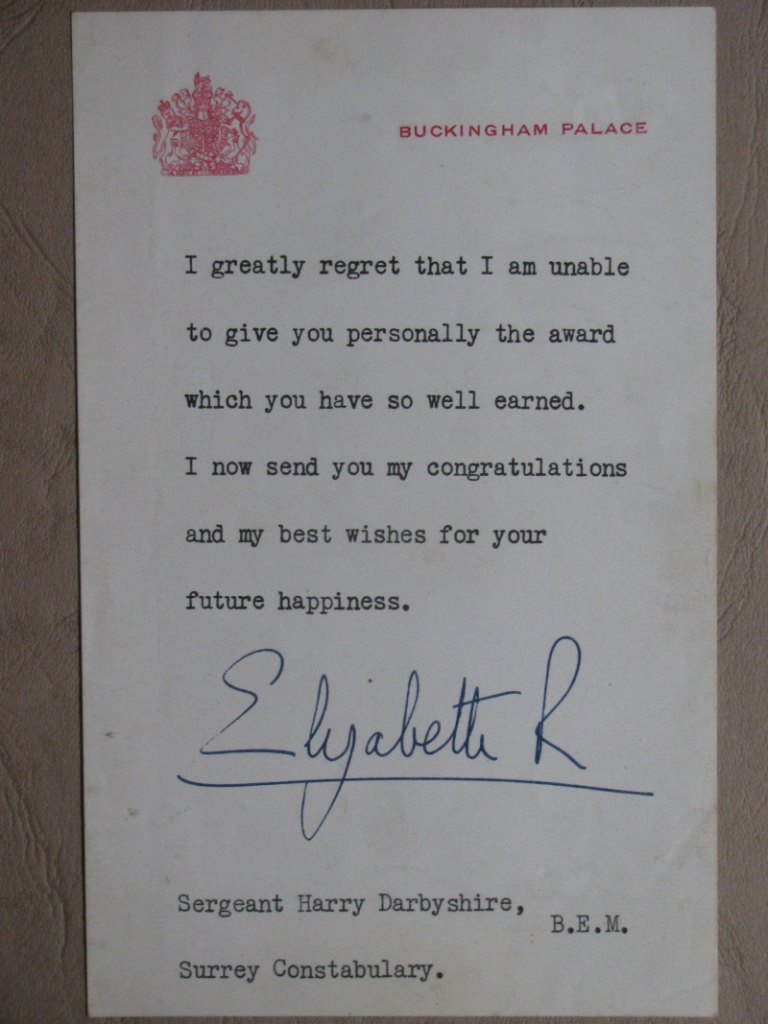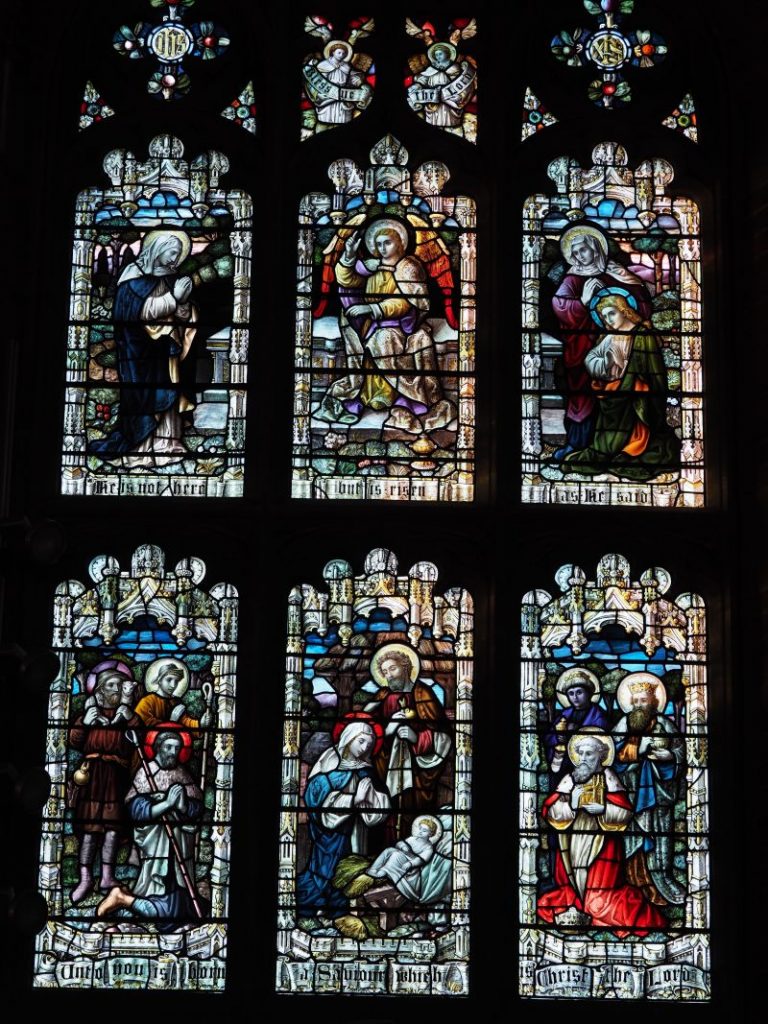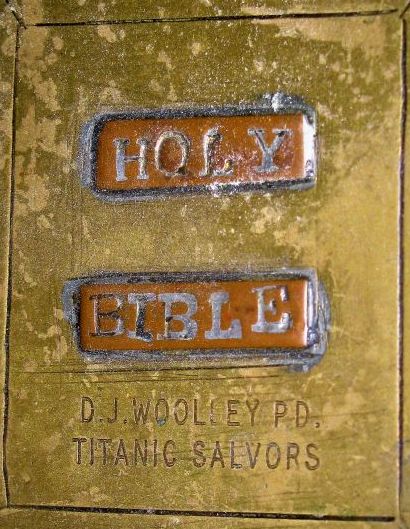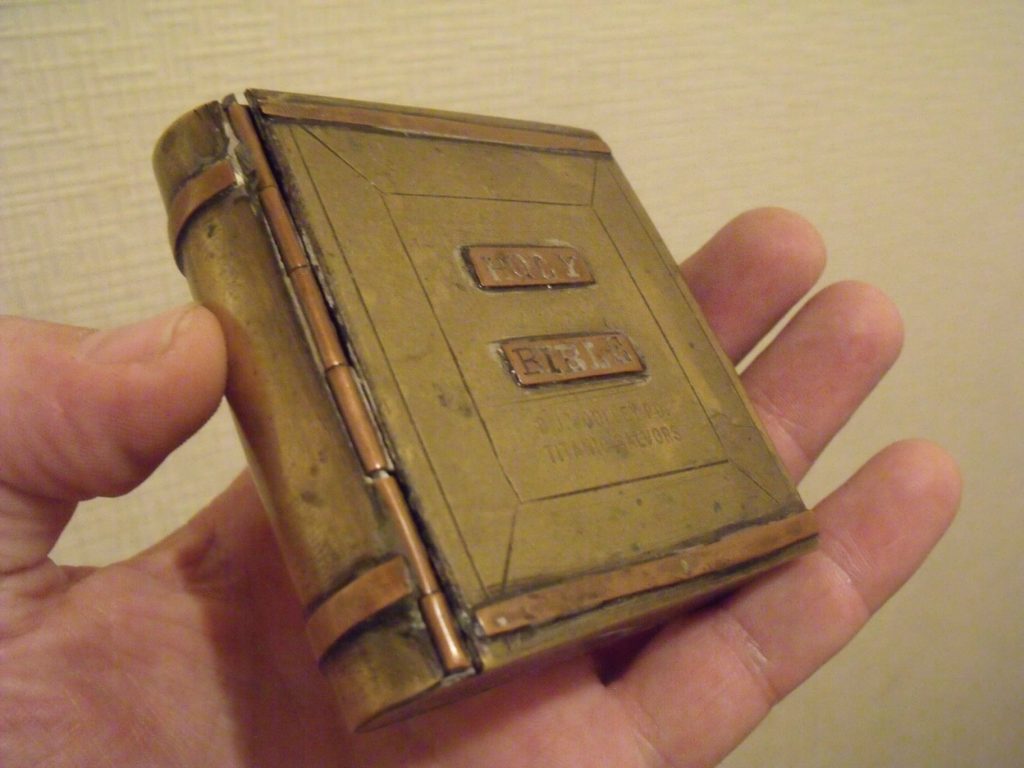Baronet Sir Rupert Mackeson, a former soldier, London banker and a passionate horse racing author, who loves Epsom, talked to the Epsom and Ewell Times’s Romana Sustar.
“I joined the Army just before my nineteenth birthday in 1960 and spent four years in the Buffs. On leaving university, I converted my TA commission into a regular one and transferred to the Royal Horse Guards. In the autumn of 1966, I was posted to the Mounted Squadron stationed in London. Alas, soon afterwards, when on duty riding a black horse, I had an accident and broke my back. As a result, I now have great mobility problems and have to use a Zimmer frame.” says Mackeson.
However, his passion for horse riding didn’t stop after the accident; he found a way to stay in touch with the sport as an author and trader. Since early 1983 he has been involved with sporting books, paintings and prints.
Despite the accident, he had the great honour of escorting Her Majesty Queen Elizabeth II on several state occasions, including her Birthday Parade and the State Opening of Parliament, often as Escort Commander – the senior mounted officer from the mounted regiment called “the Field Officer in Brigade Waiting”.
“One may wonder how I carried out these duties, having broken my back. Luckily it was low down, and I had a corset with a metal back, which allowed me to carry out my mounted duties,” explains Rupert.
In 1997 when three Jockey Club courses, Epsom, Sandown and Kempton, wanted more trade stands, he answered the call and traded on all three, averaging 50-60 days a year. Traders in those days got the security of tenure (protected tenant status) after a year or two, as they often had to start in poor positions and get better ones as other traders retired or died. That’s how racecourses, county shows and equitation events like Badminton filled their inferior trade positions.
“Usually, everything regarding trade stands was done verbally on Jockey Club racecourses. Still, as Sandown wanted us there as often as possible, they sent out contracts to emphasise the rent reductions advantage of coming frequently,” explains Rupert.
However, times have changed for traders with our lives embracing the digital age, and the effect of the financial crisis didn’t leave anything untouched. The Jockey Club leadership transformed the layout, and the infrastructure changed.
Rupert Mackeson believed he was a protected tenant under the verbal agreement from 1997. In February 2023, he received an email from the Jockey Club saying that he could not trade in his usual position as they had other plans for Area 3, so they offered him a stand on The Hill.
However, for an older disabled person, who needs a Zimmer frame to walk, the new location on The Hill would present a challenge. The bitter feeling of not getting his permanent location at the Jockey Club made him feel unwelcome, disappointed and left behind.
The Jockey Club spokesman explained that despite trying to find an alternative solution, the previous locations are no longer available because of planned improvements.
The Jockey Club has been around for nearly 300 years, no doubt facing many difficult decisions as the world changes around them. They are not alone in this challenge.
After speaking with Rupert, I wonder if we forgot that some values from the past are valuable. He is a reminder that the sands of time only run in one direction and the importance of considering our older selves when taking difficult decisions to move our companies forward.
Rupert Mackeson books:
- Great Racing Gambles and Frauds
- Flat Racing Scams and Scandals (Metro Publishing, 2004) ISBN 978-1-84358-042-3
- Bet Like a Man (Eye Ltd, Bridgnorth, 2001) ISBN 1-903070-13-9
Tickets for this year’s Epsom Derby festival Friday 2nd and Saturday 3rd June are available on The Jockey Club website
About Romy:
Romana Sustar is a multilingual freelance journalist, University Language Tutor, accomplished marketer and owner of Epsom Digital Ltd., a local digital marketing agency.
LinkedIn: https://www.linkedin.com/in/romanasustar/
Post script:
This year he will not be at Epsom. He is, however, having a major exhibition of Piggott, Oaks and Derby memorabilia, including unique materials from Friday 16th of June till Tuesday the 27th excluding Sundays, 10am to 4 pm -at Weston Super Frames, 17 Locking Road, Weston Super Mare BS23 3BY

